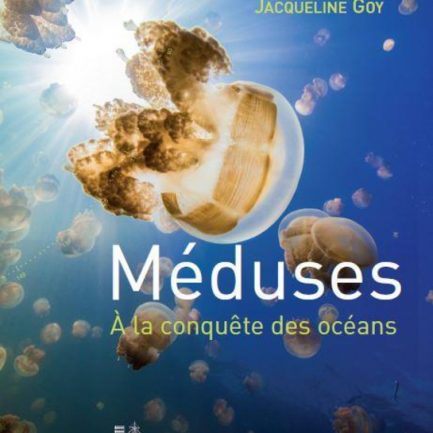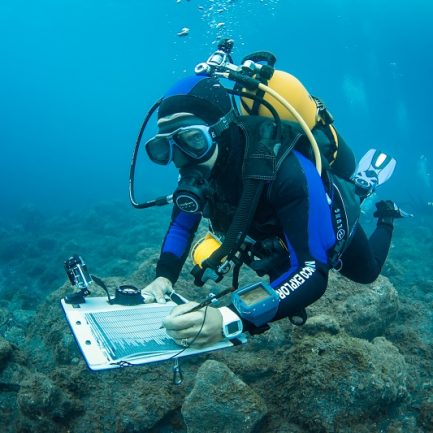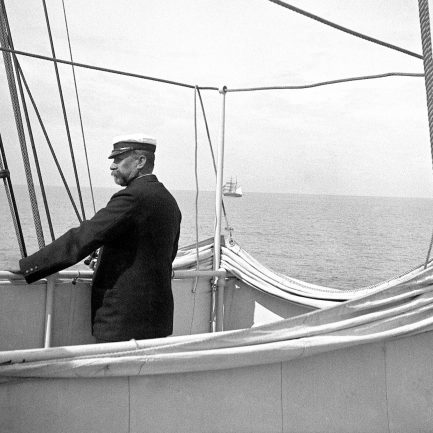Mediterranean red tuna:
towards an improvement?
- Accueil
- Actualités
- Mediterranean red tuna: towards an improvement?
Red tuna is one of the most sought-after fish commercially. Managing red tuna fishing has for a long time been symbolic of the international community’s difficulty in managing this rare and fragile resource sustainably.
Industry professionals and protection associations are striving to get organised in order to preserve stocks.
Refusing to let extinction happen
The International Commission for the Conservation of Atlantic Tunas (ICCAT), founded in 1969, succeeded in imposing the first fishing quotas in 1998. In spite of this, a spike in overfishing during the 2000s gave rise to fears that the species would disappear entirely. An extensive international mobilisation then took place, taken over by Prince Albert II of Monaco and his Foundation.
In partnership with the WWF, the Prince Albert II Foundation was one of the first organisations to raise the alarming state of Mediterranean red tuna stocks on the world stage.
Together with the MC2D association, it convinced the restaurateurs and retail traders of the Principality to stop selling the fish, which was on the brink of extinction.
Alongside the Institut océanographique, it continues to inform and mobilise the general public.
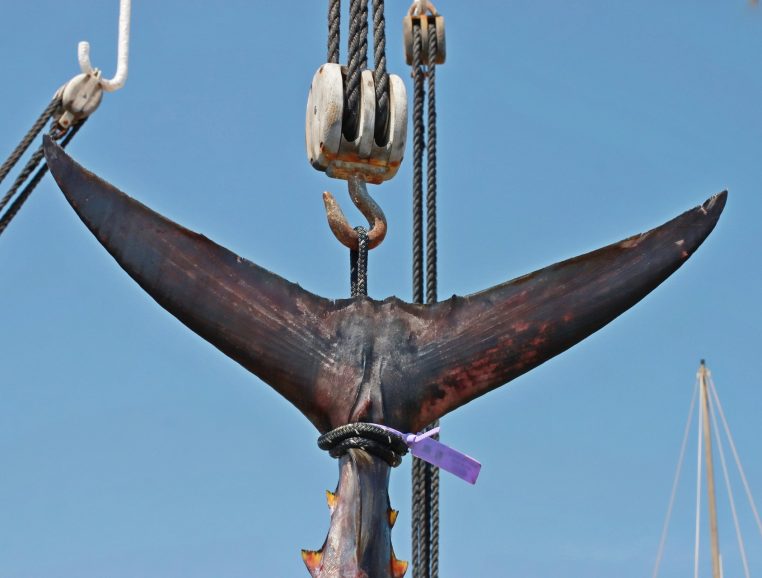
Powerful lobbying
At the Doha Conference in 2010, the Monaco government officially requested that red tuna be added to CITES Annex I. This proposal was designed to prohibit international trade in the species and consolidate existing sustainable artisanal fishing practices. However, CITES ended up voting against this proposal, under pressure from Japan.
Japan represents 80% of world red tuna consumption and therefore has a powerful lobbying voice. The debates and international media coverage nonetheless increased awareness among all players in the industry.
They promoted the implementation of a genuine management scheme for red tuna fishing. ICCAT reduced fishing quotas from 28,500 to 12,900 tonnes per year, coming into line with recommendations from scientists and conservationists. Quotas are also being increasingly observed by the countries concerned.
IS HOPE RETURNING FOR RED TUNA STOCKS?
Thanks to this jump and to several favourable years, the first hopes that the Mediterranean population of red tuna would stabilise and recover began to emerge in 2012. During its meeting in November 2012, ICCAT decided to follow scientific recommendations and maintained quotas at their existing level, to confirm and consolidate these initial encouraging signs.
These signs of recovery should still be treated with caution, as the 2012 ICCAT report underlines, ”even though the situation has improved [..] there are still uncertainties as to the extent and rate at which the biomass of the breeding stock is increasing.¨

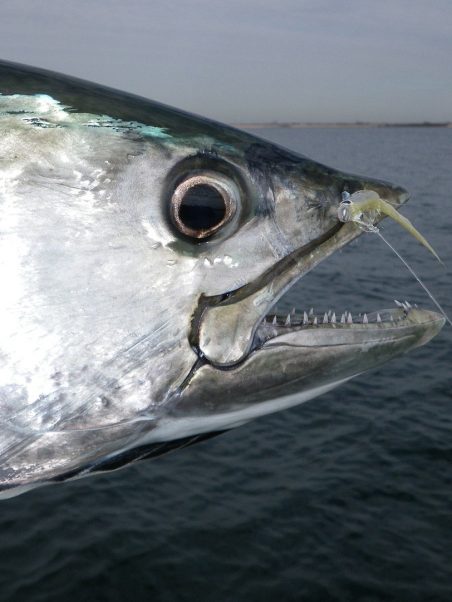
THE EMPHASIS IS ON CAUTION
These uncertainties are connected on the one hand to an underestimation of illegal fishing, as ICCAT recognises that red tuna catches were ”seriously under-declared” for at least the past 15 years; on the other hand, poor familiarity with the migratory schemes of red tuna makes it difficult to evaluate the stocks properly.
Improving the traceability of red tuna catches over the coming years thus remains a major challenge. Since 2008, the WWF, supported by the Prince Albert II de Monaco Foundation, has been working to improve knowledge of illegal fishing and stock evaluation.
The WWF thus encouraged ICCAT in 2013 to implement an electronic catch document for red tuna in order to improve the traceability of catches.
How can we protect sharks, which are treated as by-catch?
The scope of ICCAT’s actions, however, remains limited. There are some protective measures in place covering swordfish, but sharks continue to be treated as by-catch during tuna fishing. Several species of shark are nonetheless at risk from fishing, particularly in the Mediterranean.
This situation was even recognised by CITES in spring 2013. By entering five new species of shark in its Annex II, CITES thus made international trade in those species contingent on there being a guarantee that the stocks fished would be sustainable. Sharks are, however, beginning to be taken into consideration.
Certain management measures are being applied in Atlantic waters, particularly for mole sharks and some particularly vulnerable species.
Norway has offered to consider the question of adding sharks to the list of species managed by ICCAT. This, on the other hand, will require the joint motivation of all Member States, which remains unlikely to be obtained.
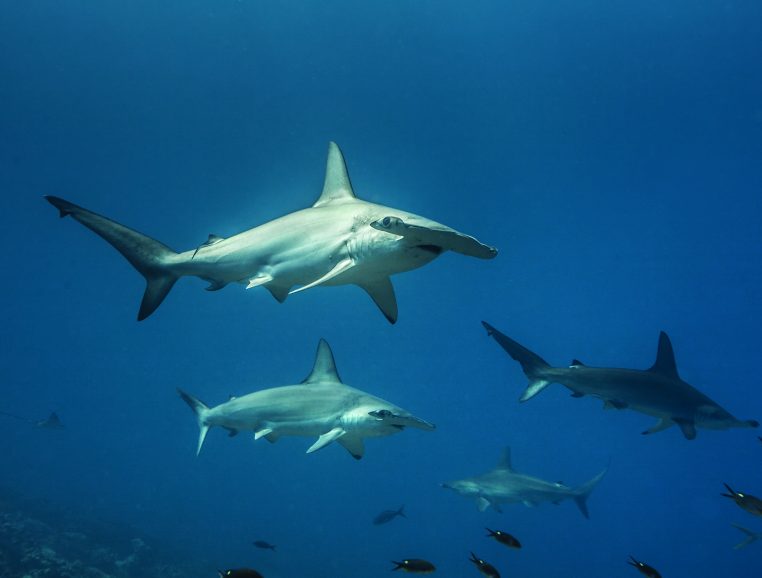
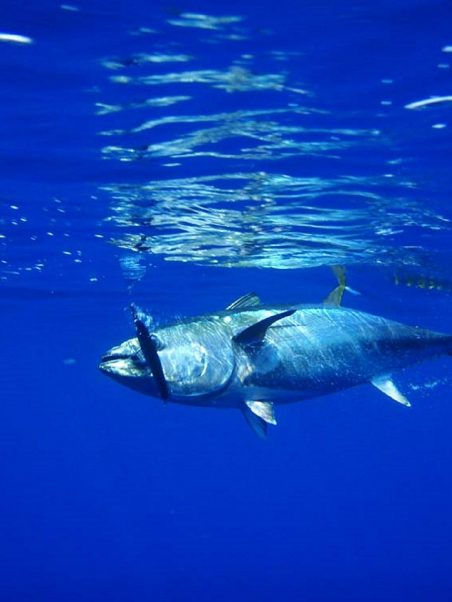
IS RED TUNA A FUTURE SYMBOL OF GOOD COLLECTIVE MANAGEMENT?
Red tuna is a fragile species and could change from being a symbol of resources being pillaged to a symbol of good shared, collective management, relying on professional scientific data.
The direction taken over the past few years has been good, when the situation was critical. This will however still need to be confirmed by altering quotas to promote the reconstitution of stocks, as well as by the ability of ICCAT to extend its campaign to encompass other endangered species.
The challenge facing this relatively expensive management model is to consolidate itself and apply itself to other species that have less commercial value. This is because the stocks of other large predators are also in decline.
How can we meet demand?
Over and above issues of stock management and the traceability of catches, which are major challenges for ICCAT, other initiatives to secure the future of tuna deserve to be highlighted.
The communication campaign ”red tuna, a story with a future” and the label ”line-caught red tuna from artisanal fishing” were launched in Monaco in 2012 and were supported by the French Ministry of the Environment.
They focus on putting red tuna back on sale as a ”sustainable” fish once again provided that it is fished only to a reasonable extent. Moreover, some European and Japanese scientific projects aimed at ”sustainable aquaculture” suggest the ”domestication” of red tuna:
breeding and raising this species to maturity in captivity would avoid having to capture young red tuna from the wild in order to fatten them up, as has been the practice for a long time.
THE LIMITS OF AQUACULTURE
However, the aquaculture of red tuna carried out for over 30 years in Japan (Kinki University) has turned out not to be profitable. Few Japanese consumers appreciate its products, which are often exported to Taiwan or the USA.
In any event, the question arises of how to breed large predators that themselves need huge quantities of fish in order to grow. Farmed salmon already need 4 kg of ”fodder fish” to gain 1 kg in weight. Red tuna consumes 11 kg of fish for every 1 kg gained! This model is hardly sustainable, and we can get an idea of its limits via the analogy of breeding tigers or wolves for our consumption: it is a good illustration of how people’s tastes for marine animals have developed when they thought that marine resources were infinite.
Today, it would be more interesting economically and ecologically to allow wild stocks to reconstitute themselves and to develop a rigorous and sustainable fishing industry.
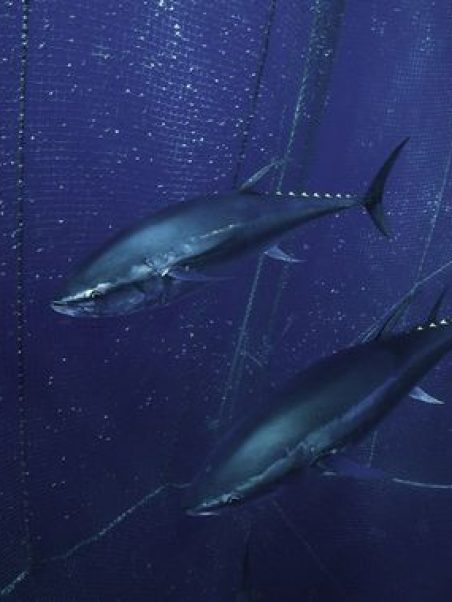
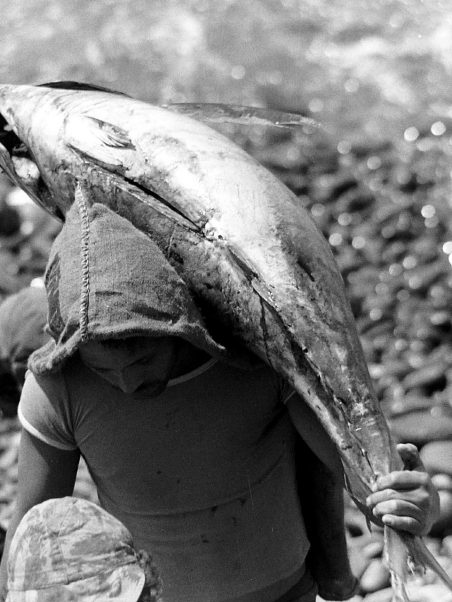
REASONS FOR HOPING
In conclusion, the latest observations on trends in red tuna populations appear to be encouraging. However, it is still too early to say whether the actual stocks have been restored, which we should know by 2022. The populations of Mediterranean red tuna will be measured again in 2014. This will make it possible to track the progress that has actually been made and clarify decisions with regard to the quotas for coming years.
Until then, caution remains the watchword and considerable efforts must be continued to ensure high-quality and reliable data, the fight against illegal fishing, taking account of accessory fishing and, above all, to support the development of sustainable artisanal fishing.







